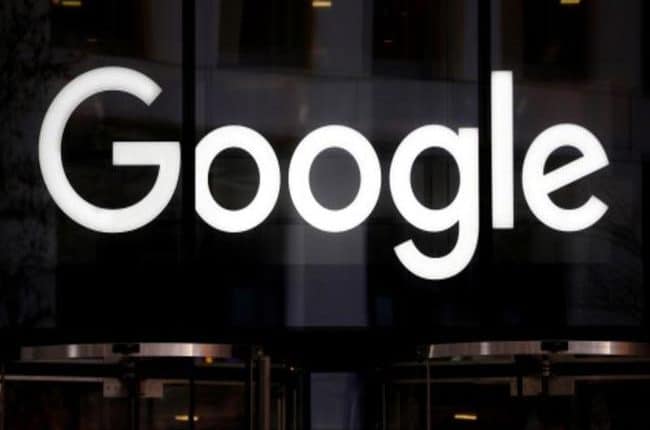With Microsoft focussing on AI investments to improve Bing and Microsoft Edge, Google has little choice but to step up to maintain its edge in the rapidly-intensifying AI race. That AI is coming to Google Search is pretty much a given at this point, and now, the tech titan plans to make Google Search more “visual, snackable, personal, and human.”
According to internal documents, which have been obtained by The Wall Street Journal, the company is looking to incorporate search results with AI conversations and others, such as social media posts and short videos. A spokesperson for Google said that search has “always been an incredibly dynamic, rapidly evolving sector,” and Google has focused on a long-term approach. “As search evolves, delivering high-quality information and supporting a healthy, open web will remain core to our approach,” the spokesperson added.
Regarding search, Google has dominated the area for decades by presenting results in a format known informally as ‘ten blue links.’ In fact, Google’s search engine is the most heavily trafficked website in the world and handles over 90% of searches on computers and mobile devices. Now, the company is working to expand the scope of those results. Instead of the ten blue links – something that ensured that the company had the dominant search engine for decades – Google now aims to provide a more “visual, snackable, personal, and human” layout and interface designed to appeal more to younger searchers.
This represents a response to a big shift in the way people access information on the internet, something that can be attributed to the rise of generative AI and chatbots like ChatGPT. OpenAI’s chatbot has been nothing short of sensational, which has prompted tech titans such as Microsoft, Google, and others, to move away from their traditional formats to incorporate AI into their services and products. According to the internal documents, Google aims to incorporate more human voices and support content creators in the same way it has done with websites for the past decades.
The addition of more “short videos” to Search results, for one, is in response to how young people are getting information in recent times – platforms such as Instagram or TikTok are being increasingly used by users when they search for restaurants, for example. Users will be able to ask follow-ups or browse through things like TikTok videos in response to their questions, which highlights Google’s work on having its search engine respond to search queries traditional web results can’t answer.
Some online forum posts and short videos – that is, a greater degree of user-generated content – are coming in a greater capacity in search results. While Google has already integrated some online forum posts and video clips, it plans to put more emphasis on these results in the future. This development comes barely days before Google’s annual I/O developer conference, wherein Google is expected to unveil a host of new features. These include the addition of AI chat into search and Project Magi, which – according to reports – is an all-new search engine. Developed by a team of more than 160 Googlers, Magi is expected to offer a more conversational interface and one that is similar to OpenAI’s ChatGPT.
With Magi, Search will be more conversational in tone, and it will adapt to user preferences and ask follow-up questions if necessary – offering a greater degree of personalization while searching. The company recently invited a large group of employees to test Magi before the features are introduced at the I/O conference this week. According to media reports, Magi would allow searchers to complete transactions, even financial transactions, all while still incorporating the existing Google search ads.
The Tech Portal is published by Blue Box Media Private Limited. Our investors have no influence over our reporting. Read our full Ownership and Funding Disclosure →






